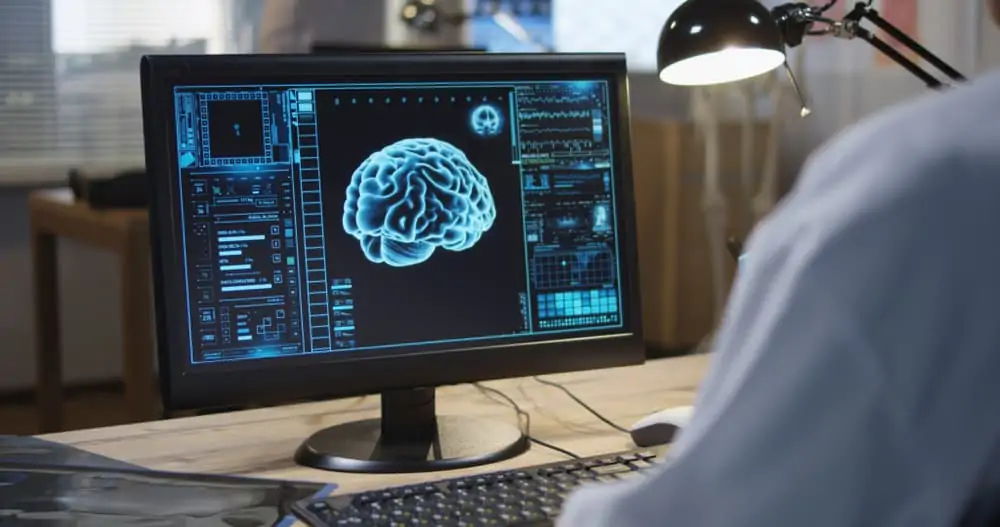
Depending on the nature and severity of a TBI, various neuroimaging techniques have demonstrated several conditions that are associated with traumatic brain injury. These conditions are well reported in the medical literature and include:
Hippocampal atrophy;
Cavum septum pellucidum;
Increased lateral ventricle size;
Dilated perivascular spaces;
Diffuse axonal injury (shearing injury);
Cerebral atrophy;
Pituitary gland atrophy;
Hemosiderin deposition;
Arachnoid cysts;
Contusions;
Vascular injury.
Every TBI patient does not suffer from all of these conditions and the severity of TBI does not correlate exactly with a specific condition or number of conditions. For instance, a patient that suffers from a mild TBI may demonstrate hippocampal atrophy just as a patient with a severe TBI might suffer. The same is true with each of the above listed conditions. However, the medical literature does demonstrate that these conditions are associated in patients who suffer from any type of TBI. Thus, when a patient presents with a history of head trauma and has clinical findings known to correlate with a TBI, neuroimaging can provide confirmation, through the discovery of these conditions, that structural damage was caused by the TBI.
